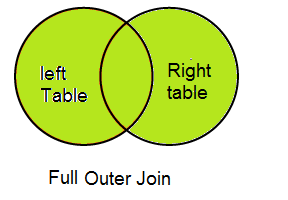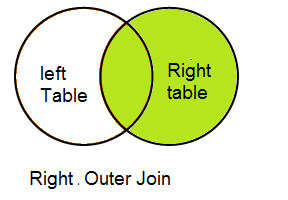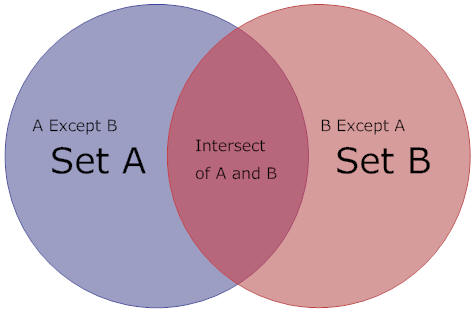
This Oracle tutorial explains how to use JOINS (inner and outer) in Oracle with syntax , visual illustrations, and examples. Oracle JOINS are used to retrieve data from multiple tables. A join is a query that combines rows from two or more tables, views, or materialized views. The select list of the query can select any columns from any of these tables.

Summary: in this tutorial, you will learn about the Oracle INNER JOIN clause to retrieve rows from a table that have matching rows from other tables. Introduction to Oracle INNER JOIN syntax. In a relational database, data is distributed in many related tables. For example, in the sample database, the sales orders data is mainly stored in both orders and order_items tables. ORACLE -BASE - SQL for Beginners (Part 5) : Joins.
The ANSI join syntax was introduced in Oracle 9i. It has a number of advantages over the original syntax. It reads more like English, so it is much clearer. The join is an INNER join because only the keyword JOIN is interpreted as an actual keyword (an as you noted already, JOIN by itself is shorthand for INNER JOIN ). From the pages on your site, I can plainly see the confusion wrought by the new ANSI syntax.

Being an old Oracle hand myself, I can fully sympathize with theof me. I fully understand your need for ANSI compliance as far as the join syntax is. A LEFT OUTER JOIN is one of the JOIN operations that allow you to specify a join clause. It preserves the unmatched rows from the first (left) table, joining them with a NULL row in the shape of the second (right) table. There are various joins in Oracle like inner join ,left outer join ,right outer join ,full outer join ,cross join.
Oracle SQL has several joins syntax variations for outer joins. This SQL tutorial provides oracle join syntax on each of them with examples. If you have database constraints enforcing primary or unique keys then Oracle will know when a join produces a unique result and will allow this sort of update.
All Oracle versions of this update will depend on the join ON testdta. This goes after the columns of the table you want to optionally include. The INNER join is such a join when equijoins and nonequijoins are performe rows from the source and target tables are matched using a join condition formulated with equality and inequality operators, respectively. This tutorial explains INNER JOIN and uses in Oracle.
Oracle FULL OUTER JOIN : A full outer join is such a join that performs a join between two tables that returns the of an INNER join as well as the of a left and right outer join. Złączenia typu JOIN ZŁĄCZENIA TYPU JOIN JOIN ON. Inną metodą łączenia wielu tabel jest korzystanie z klauzuli JOIN. Przypuśćmy że chcemy pobrać dane z dwóch tabel jednocześnie. Musimy pobrać dane z tabel locations i departments.
The LEFT JOIN keyword returns all records from the left table (table1), and the matched records from the right table (table2). The result is NULL from the right side, if there is no match. The Old Inner Join Syntax: Filtered cartesian product.
The plus sign is Oracle syntax for an outer join. An outer join means return all rows from one table. Contrast this with an inner join.
There are several reasons for this recommendation, including: 1. Easier to segregate and read (without mixing up join versus restriction code) 2. FROM cities, countries WHERE cities. How Hash join in Oracle is processed 1) First EMP table is scanned and hashed 2) the dept table is scanned for each row and hash is created for the join keeping dept_no 3) dept_no hash is matched in the hash table, if a match is found ,joined rows are returned. Oracle has provided the hint use_hash to force the use of hash.
The WITH clause may be processed as an inline view or resolved as a temporary table.
Brak komentarzy:
Prześlij komentarz
Uwaga: tylko uczestnik tego bloga może przesyłać komentarze.